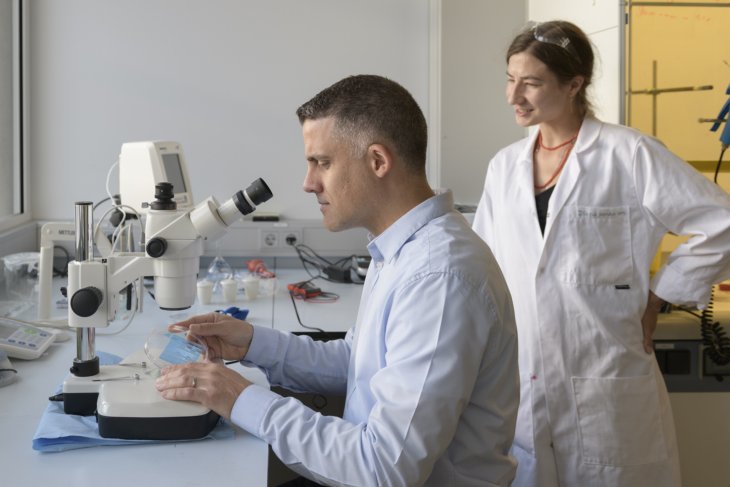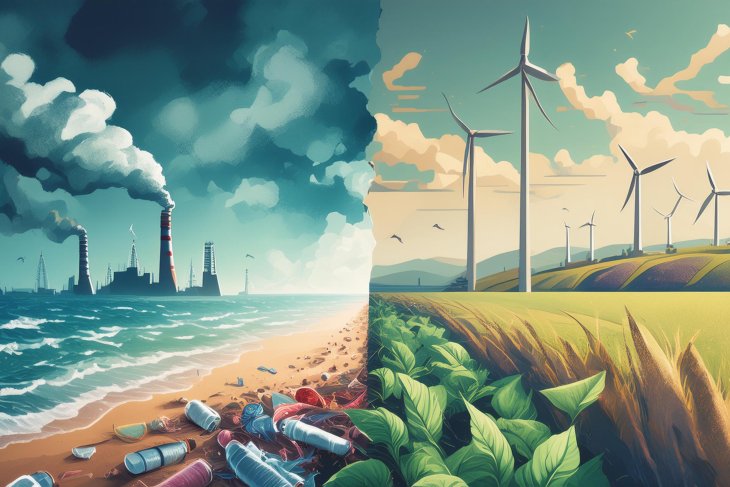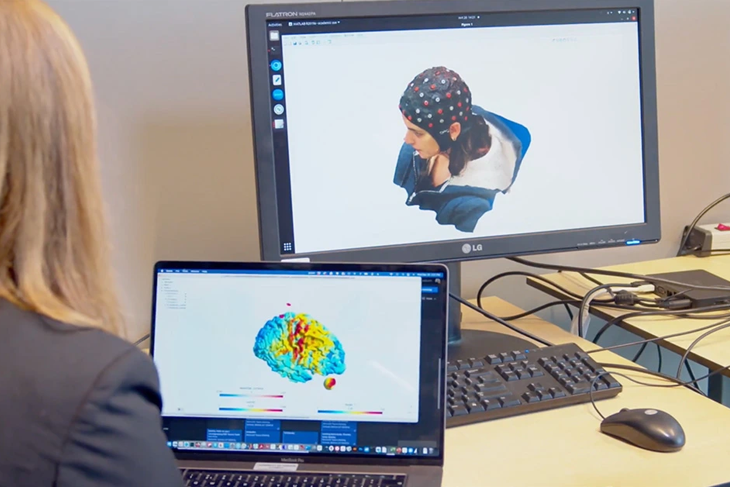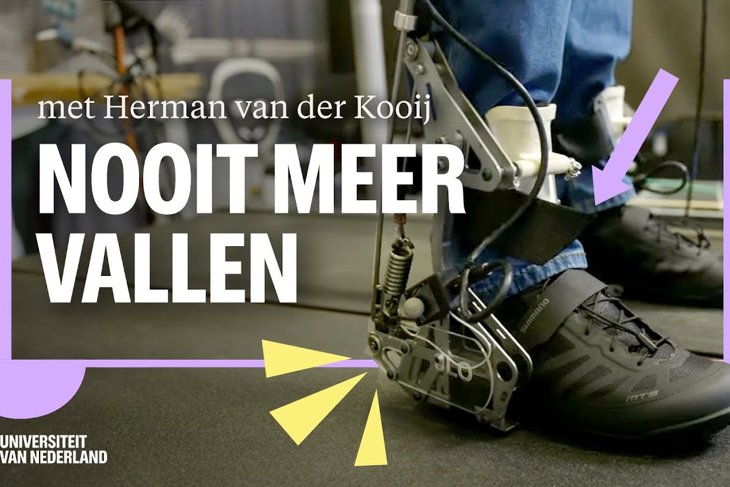Lee Calladine pricks his skin with a needle up to eight times a day to give himself an injection of insulin – the hormone that keeps his type 1 diabetes in check. Without insulin, his blood-sugar levels would become dangerously high and eventually fatal.
‘I have to rotate where I do my injections,’ said Calladine, who lives in the UK city of Portsmouth and works as an event coordinator for the Diabetes Research & Wellness Foundation. ‘If you inject the same place too often, you damage the tissue and get a lump. And if you then inject into that lump, the insulin won’t get absorbed.’
While a cure for type 1 diabetes is the holy grail, another game changer for Calladine and millions of other people like him around the world would be the ability to deliver insulin without needles or syringes.
BuBble Gun
That’s where Professor David Fernandez Rivas, a bioengineer at the TechMed Centre of the University of Twente, believes he can help. Fernandez Rivas leads a research project that received EU funding to develop a method to deposit liquids into the skin and other soft materials using compression rather than needles.
The technique is known as BuBble Gun, which is also the name given to the five-year project that will run until the end of 2024. Fernandez Rivas invented the BuBble Gun with his research team, which is now refining the technology in the hopes of turning it into a reality.
Speedy squeeze
While electronic pumps that release insulin into the body throughout the day do exist, they are imperfect and still require a cannula needle to be inserted at the connection point. BuBble Gun directs a laser beam at the fluid medicine in a glass cartridge and heats it until it boils and creates a bubble. This bubble grows until it squeezes the liquid at high velocity – 30 to 100 metres a second – out of its tube and, in the case of a medicine, into the skin.
Rather than piercing the skin, the way a needle would, the drug is pushed between skin cells. This limits damage both to the skin and to the cells beneath it. ‘The liquid effectively becomes the needle,’ said Fernandez Rivas, who moved to the Netherlands from Cuba in 2007 with a first degree in nuclear engineering and has been working in bioengineering and green technology ever since.
This approach could be a relief not just for 9 million people worldwide including Calladine who have type 1 diabetes but also for millions of others who have unrelated conditions that also require regular injections. Other potential beneficiaries are the 25% of people who are scared of needles and who can, as a result, avoid certain medical interventions including vaccination.
Tissue challenges
Most injections penetrate the body until they reach the muscle. These are regarded as the simplest injections to administer and the dose gradually diffuses out of the muscle into the body’s blood-circulation system. Many drugs, however, can do the job just as well – or perhaps better – when delivered into the more superficial layers of skin.
Fernandez Rivas is confident that many vaccines, for instance, would work just as well when delivered between the layers of the skin. Currently, they tend to be injected into muscle. This means BuBble Gun has potential uses beyond insulin delivery.
A key technical challenge tackled by the research team relates to skin depth, which varies depending on age, gender, ethnicity and lifestyle. Smoking, for instance, makes the skin thinner. As a result, the “gun” pressure needs to be adjusted to consider these differences.
‘You need the jet of fluid to penetrate the skin to just the right depth without splashback or seeping into nearby tissue or material, which would alter the dose unpredictably,’ said Fernandez Rivas. The researchers are still working on precisely controlling the drug jet as it enters soft tissue.
Since 2018, they’ve been conducting laboratory experiments on materials that simulate skin as well as on real skin tissue. Tests on human tissue have been in progress since 2022. If all goes well, trials on healthy human volunteers will start later this year.
Planned prototype
The BuBle Gun team has created a startup company called FlowBeams. Through this, the researchers hope that a prototype of the gun will be ready to showcase to potential industry partners before 2025.
Fernandez Rivas foresees a time eventually when diabetes patients will be able to use a modified version that incorporates the microjet technology into a skin patch. The patch would include a sensor that both tests blood-sugar levels continually and pushes insulin into the body as the need arises.
‘Imagine how this would transform the life of an anxious parent who wakes up multiple times in the night to check their child with diabetes isn’t having a blood-sugar swing in their sleep,’ Fernandez Rivas said.
Research in this article was funded by the EU’s Horizon Programme via the European Research Council (ERC). David Fernandez Rivas is professor at the Department of Mesoscale Chemical Systems (MCS; Faculty of S&T / TechMed Centre)
Article source: HORIZON





